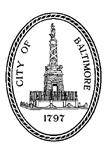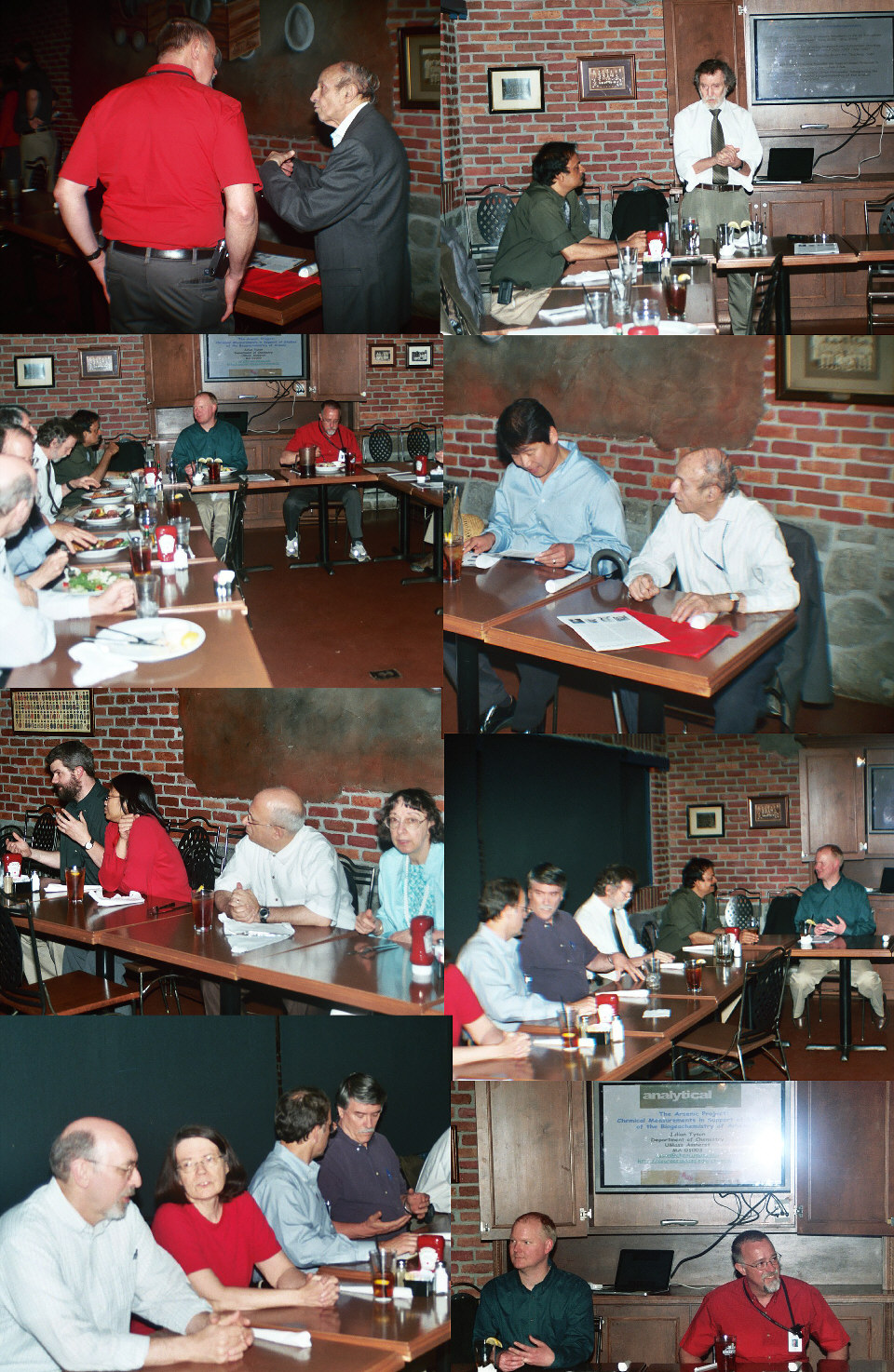



In this Issue:
Greetings,
This year, Dr. Julian Tyson of the University of Massachussetts Amherst spoke
to our section on April 6, 2010. The Topic abstract is below. The meeting was
held at Eggspectation at 923 Ellsworth Drive in Downtown, Silver Spring, MD.
Photos from the meeting are shown below.
John S. Canham, Ph.D.
Acting Chair 2010
Baltimore-Washington SAS section

Meeting Announcements
Tuesday, April 6, 2010 - National SAS Tour Speaker
Julian
Tyson
Department of Chemistry
University of Massachusetts
Amherst, MA 01002
The Arsenic Project:
Chemical Measurements in Support of Studies of the Biogeochemistry of Arsenic
Abstract
Arsenic is the 20th most abundant element in the earth's crust with average
concentrations in rocks of about 2 mg/kg and in soil of about 5 mg/kg. Although
arsenic appears to be relatively stable in soils and rocks, we have been able
to extract it and make a wide range of compounds with a variety of uses. Arsenic
compounds have been, and still are, pesticides, herbicides and fungicides. We
spray solutions of them on roadsides, orchards, lawns, and we used to impregnate
timber for construction purposes with a solution of chromium, copper and arsenic.
This kind of "pressure-treated" wood has been phased out of use for
domestic purposes, but there is still a considerable legacy with which to deal.
It is not known to what extent this material is responsible for environmental
contamination. There is also the legacy of chemical manufacturing, as arsenic
was often discarded along with other wastes. Arsenic compounds are number 1
in the US in terms of chemicals in the environment that pose the most significant
potential threat to human health.
Naturally occurring arsenic can get into drinking water, and the contamination
of ground water is a serious issue--not just for the US. In Bangladesh and West
Bengal, India, millions of people are drinking highly contaminated water and
are showing signs of chronic arsenic poisoning. The relevant issues are (a)
how can we remove arsenic from contaminated water and (b) how can we test--in
remote, rural communities--that the water is safe. We are starting to see arsenic
contamination in food, especially rice. There are other issues: arsenic-containing
drugs are fed to chickens, arsenic was a component of some embalming fluids
and may now be leaching out of cemeteries, and arsenic may be a contaminant
of deicing salts.
To study any of these issues, we have to be able to make measurements of the
relevant compounds that are reliable. In the laboratory, we can use instrumentation
such as high performance liquid chromatography with element specific detection
by plasma-source optical or mass spectrometry; however, for field measurements,
simple test kits are needed. My group's recent research has been directed at
overcoming the shortcomings in both kinds of analytical methods. Graduate students,
upper-level undergraduates, summer students, first-year undergraduates, K-12
students and their teachers are all involved in this arsenic-related research.
Your Baltimore-Washington Section Officers for 2010:
Links to other local scientific organizations and conferences of interest:
 Chemical
Society of Washington, CSW, Local Section of the American Chemical Society
Chemical
Society of Washington, CSW, Local Section of the American Chemical Society
Past Issues of the Baltimore-Washington Section Newsletter (including Historical Events in Chemistry for those months)
April/May Historical Events in Chemistry and Spectroscopy by Leopold May, Department of Chemistry, Catholic University
 Go to
the National SAS Home Page
Go to
the National SAS Home Page